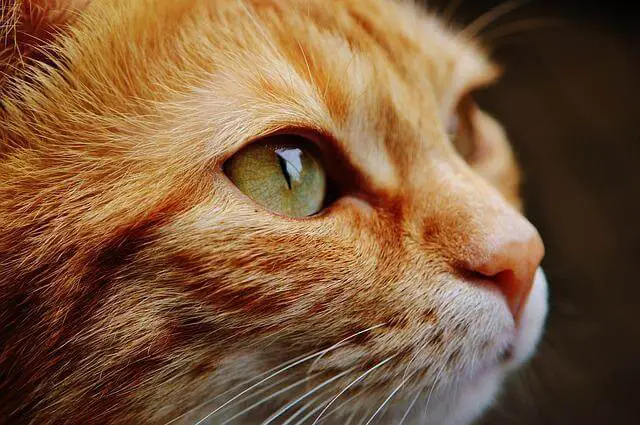All About Cataracts in Cats (Vet Explains)
28.05.2022.
We all want the best for our cats, but sometimes your cat will experience specific health problems that affect cats’ well-being. One of those problems is cataracts. Many cat owners are not familiar with the term “cataracts in cats, “They often ask us to explain what that condition is and how I can help my cat.
What is a cataract in cats?
A cataract is a medical term for thickening the eye’s lens. As light passes through the eye, the lens aids in focusing vision, allowing your cat to see. A cataract can cause this structure to become clouded, resulting in blurry vision.
Cat lens will be transparent in the normal state, but with cataracts, it will become cloudy or opaque, obstructing light from reaching the retina. Cats are less likely to develop cataracts than humans and dogs. Cataracts are more common in older cats., but this disease can affect cats of any age or cat breed. Two cat breeds that are most affected by this state are: Burmese and Himalayan cats.
RELATED: When Do Kittens Open Their Eyes For The First Time?

What causes cataracts in cats?
Many different causes can lead to cataracts in cats; if your cat experiences any damage to the lens, that can result in some form of cataract.
The most common causes of cataracts in cats are:
- Eye trauma
- Genetics
- Radiation
- Cancer
- Eye inflammation
- Metabolic disorders
- Poor nutrition
- Lens luxation
- Aging
- Diabetes
The most common cause of cataracts is uveitis, an eye inflammation type. That state can occur with several diseases.
RELATED: Diabetes in Cats: Symptoms, Treatment & Monitoring
What are the signs of cataracts in cats?
As the cataract grows larger, so do the visible symptoms. Cats with cataracts can often be diagnosed during a routine checkup. It is possible that some of the conditions that lead to cataracts can cause pain. Cats with cataracts may also experience redness and swelling of the eye area due to this disease. You may also have noticed that your cat appears to have vision issues, making it difficult for him to navigate your house.
Treatment of cataracts in cats
Treatment plans for cats with cataracts are tailored to each cat based on their overall health, the severity of cataracts, and the location of cataracts.
Surgery is the best way to treat cataracts. Veterinary ophthalmologists perform this procedure, which entails dissolving and removing the cataract before replacing the eye’s lens with an artificial one.

Cataracts cannot be dissolved, or their progression slowed by any medication. As a result, cataracts will not go away. The good news is that cataracts don’t cause any discomfort, and most cats adapt well to being blind.
Everyday use for cats with untreated glaucoma to reduce inflammation are:
- Corticosteroids
- Non-steroidal anti-inflammatory eye drops
It is crucial to control inflammation with these listed medications to prevent glaucoma, although they have no effect on the cataract itself.
RELATED: How Long Do Cats Live? Can I Prolong My Cat's Life?
How can I prevent cataracts in my cat?
Cat cataracts are not treatable with natural or home remedies. Cataracts can, however, be prevented by taking specific preventive measures. It’s best to feed your cat a healthy diet and keep him indoors so he doesn’t suffer from trauma like being hit, and so he doesn’t contract diseases like herpes or feline leukemia that can cause inflammation in his eyes.
Conclusion
Cataracts can affect any cat at any moment. If you notice that your cat has developed a cataract, the best thing you can do is consult with your vet about the following steps and determine if the surgery is the best option for your cat. No medications can slow the progression of cataracts in cats, but since this state is not painful, your cat will learn how to live with cataracts.
World Cat Finder Team







Share